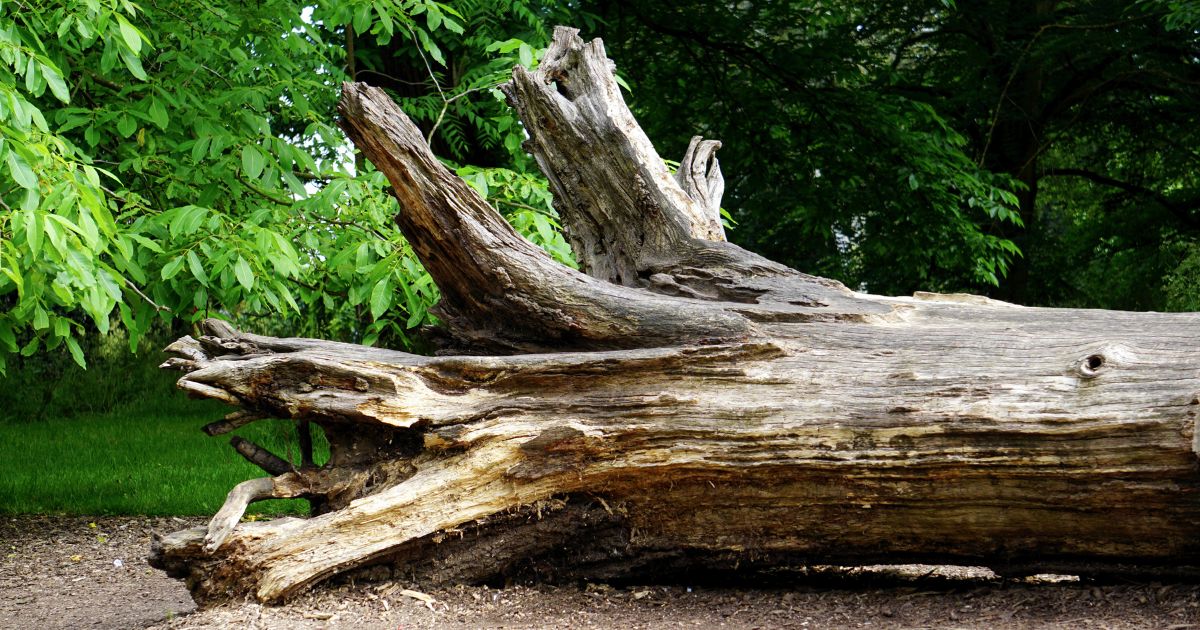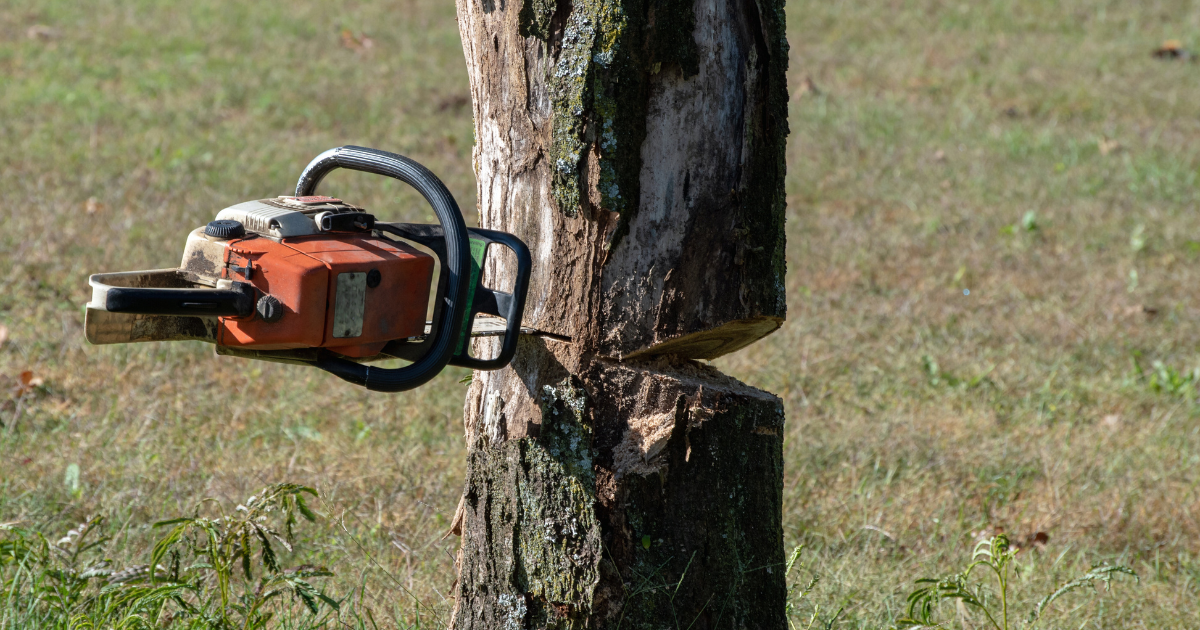8 Crucial Steps Of Cutting Trees
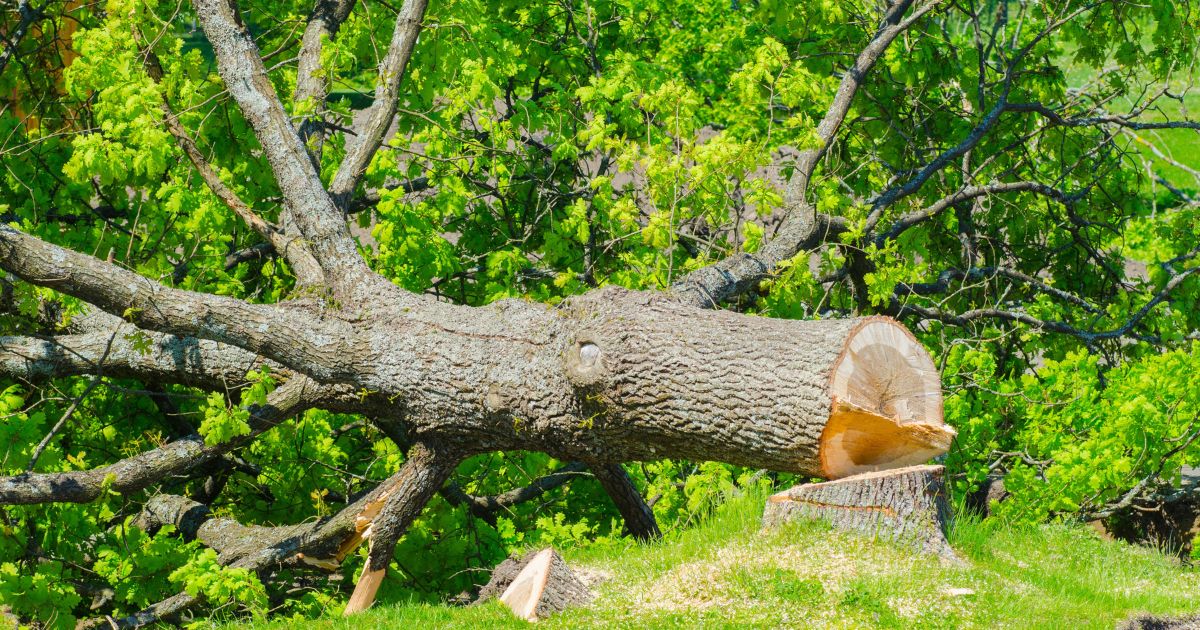
When it comes to cutting trees, it isn’t as simple as grabbing a saw and getting to work. In New Zealand, where the climate, environment, and local council rules all play a part, tree cutting requires planning, skill, and a deep understanding of tree health and safety.
Whether you’re looking to tidy up a backyard tree or need a hazardous branch removed from a commercial site, there are several crucial steps to take to make sure you’re cutting your trees the right way.
Step 1: Understand Why You're Cutting the Tree
Before any tools come out, it's important to be clear about the reason for cutting the tree. This will determine how much is removed, where cuts are made, and whether the entire tree needs to go.
Common reasons for cutting trees in NZ include:
- Removing dead or diseased branches
- Reducing tree height or spread for safety
- Improving sunlight penetration for gardens or solar panels
- Preventing interference with structures or power lines
- Storm damage management
- General tree health and aesthetic improvement
Each reason leads to a different approach. For example, removing dead wood is very different from performing a structural reduction for wind resistance. That’s why our experienced arborists always begin with a site assessment to understand your goals and the tree’s condition.
Step 2: Check Local Council Regulations
In many parts of New Zealand, especially in cities like Auckland, trees are protected by local council rules. You may need resource consent to cut or remove certain trees - particularly native species, trees over a certain height or diameter, or trees located within protected zones.
At Growth Maintenance, we can help determine if permits are required and assist with the application process to make sure that all tree cutting is compliant with local regulations and help you avoid fines or legal complications.
Step 3: Assess the Tree’s Health and Structure
A professional arborist doesn’t just look at where a branch is hanging - they assess the entire tree. This includes:
- Identifying any disease or decay
- Checking for structural defects or weak branch unions
- Determining growth patterns and species-specific traits
- Evaluating root health and soil conditions
- Assessing risks to nearby buildings, vehicles, or pedestrians
This assessment is vital to ensure the cutting technique supports the long-term health and stability of the tree. Poorly executed cuts can lead to weak regrowth (such as epicormic shoots), infection, or even total tree failure.
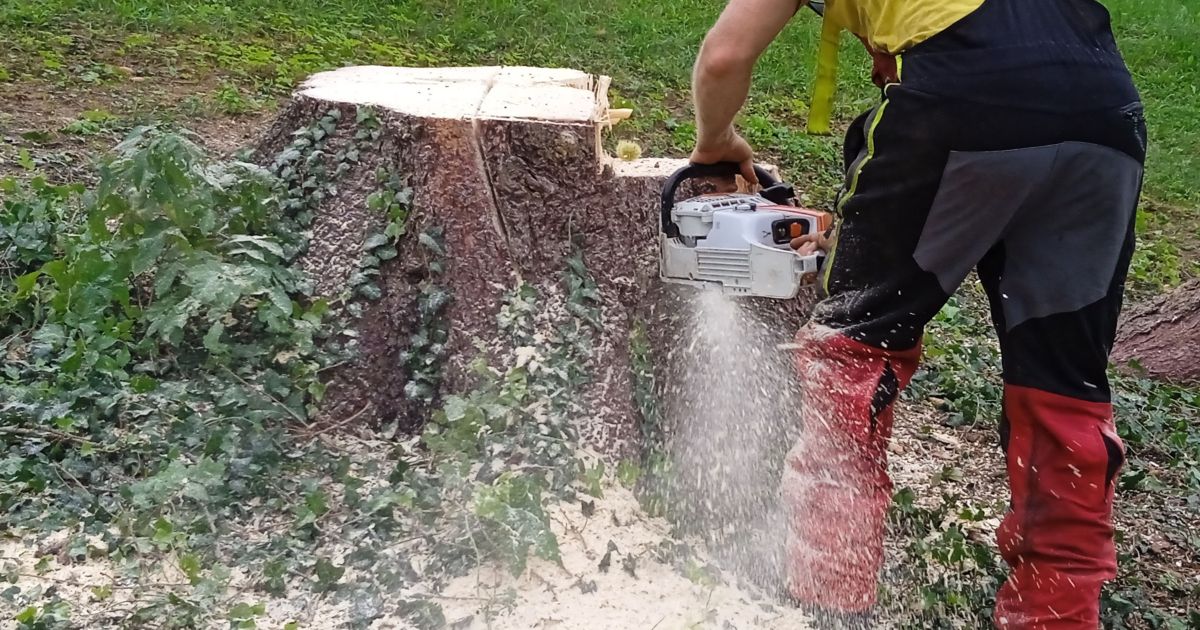
Step 4: Choose the Right Cutting Method
Once the tree’s condition is understood, the right cutting method can be chosen. There are several common types of cuts involved in tree work:
Crown Thinning
Selective removal of branches throughout the crown to improve light penetration, airflow, and reduce wind resistance.
Crown Lifting
Removing the lower branches to increase clearance for buildings, paths, or views.
Crown Reduction
Reducing the overall size of the crown while maintaining the natural shape and structure of the tree.
Deadwood Removal
Targeting only the dead or dying branches to improve safety and health.
Full Tree Removal
If the tree is hazardous, dead, or inappropriate for its location, complete tree removal may be the best option.
Each of these methods requires precision and expertise. At Growth Maintenance, we carefully select the most suitable technique for each job, ensuring minimal impact on the tree’s health and the surrounding landscape.
Step 5: Use the Correct Equipment and Safety Gear
Tree cutting often involves working at heights, handling heavy tree limbs, and using powerful equipment like chainsaws, climbing ropes, and rigging systems. Without the right gear and training, this work can quickly become dangerous.
That’s why we only use certified arborists for our tree cutting services. Our team operates under strict safety protocols and uses commercial-grade tools to get the job done efficiently and safely.
Check out our gallery of tree work to see how our professional team tackles both small and large-scale tree cutting jobs across Auckland.
Step 6: Perform Strategic Cuts
The art of tree cutting lies in where and how the cuts are made. Strategic cuts prevent unnecessary damage, encourage healthy regrowth, and maintain the tree’s structural integrity.
Some key tree cutting practices include:
- Cutting just outside the branch collar to avoid harming the main trunk
- Avoiding flush cuts or leaving long stubs
- Preventing tearing by using the proper three-cut method on large branches
- Timing pruning to suit the species and season
Improper cuts can lead to decay, disease, or uncontrolled regrowth. That’s why our certified arborists are trained to execute every cut with the long-term health of the tree in mind.
Step 7: Clean-Up and Waste Disposal
Once the cutting is complete, there’s often a lot of debris to deal with, but a professional team won’t leave your property looking like a storm just hit. At Growth Maintenance, we provide full clean-up and eco-friendly waste disposal, including:
- On-site mulching and chipping
- Responsible green waste removal
- Recycling of usable wood where possible
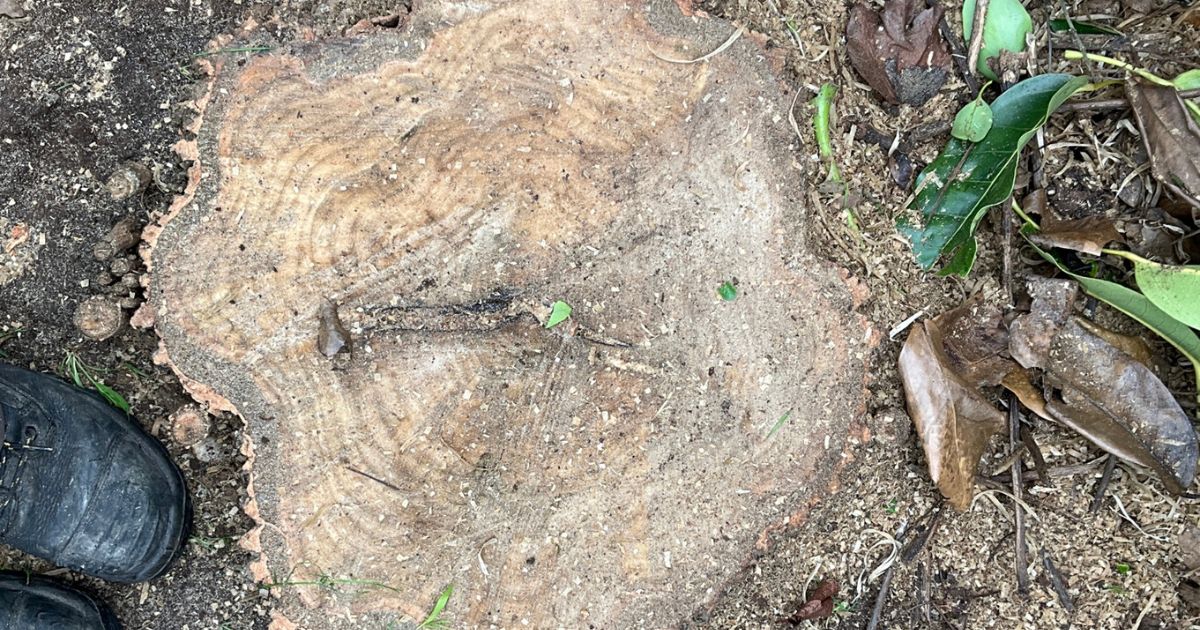
Step 8: Post-Cut Tree Health Monitoring
The work doesn’t stop once the branches are down. Monitoring the tree after a major cut helps to ensure it’s recovering well and not showing any signs of stress or disease. Especially with large reductions or older trees, follow-up inspections are a wise investment in long-term health and safety.
Our team can provide scheduled maintenance or one-off health checks following significant pruning jobs, giving you confidence that your tree is thriving.
Why You Should Hire a Professional Arborist for Cutting Trees
Cutting trees isn’t just about tidying up your garden, it’s about maintaining the health of your landscape, protecting your property, and complying with environmental regulations.
Our arborists at Growth Maintenance are trained professionals who bring local knowledge, technical skill, and a commitment to sustainable practices. They understand tree biology, growth patterns, pruning techniques, and council compliance better than any handyman or general contractor.
Whether you’re dealing with a dangerous limb or looking to improve the health and appearance of your trees, hiring a qualified arborist is the best way to ensure the job is done safely, properly, and affordably.
Cutting Trees? Let Growth Maintenance Help
We offer comprehensive tree cutting and trimming services that are tailored to your property’s unique needs. Our goal is to make your trees safer, healthier, and better looking while minimising future costs and environmental impact.
Don’t take chances with your trees. Get in touch with us today to book a professional consultation. Whether it’s a simple prune or a complex removal, our expert team is ready to help with all your tree cutting needs.
Contact us today
09 281 0120
Contact us today for a free consultation. Our expert arborists in Auckland will discuss your specific needs and provide a solution that fits within your budget. Let us help you reduce your property ownership costs with expert tree and garden care from Growth Maintenance.


